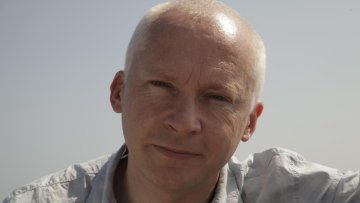Recovering automorphisms of quantum spaces
Abstract
It has long been expected, and is now proved in many important cases,
that quantum algebras are more rigid than their classical limits. That is, they
have much smaller automorphism groups. This begs the question of whether this
broken symmetry can be recovered.
I will outline an approach to this question using the ideas of noncommutative
projective geometry, from which we see that the correct object to study is a
groupoid, rather than a group, and maps in this groupoid are the replacement
for automorphisms. I will illustrate this with the example of quantum
projective space.
This is joint work with Nicholas Cooney (Clermont-Ferrand).


